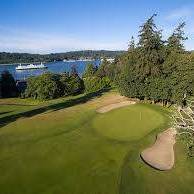IGNORED
type of grass
Note: This thread is 6005 days old. We appreciate that you found this thread instead of starting a new one, but if you plan to post here please make sure it's still relevant. If not, please start a new topic. Thank you!
-
Topics Being Discussed Right Now on The Sand Trap
-
- 35 replies
- 1,394 views
-
- 0 replies
- 61 views
-
- 19,676 replies
- 1,485,085 views
-
- 13 replies
- 909 views
-
- 10,124 replies
- 719,426 views
-








Recommended Posts
Join the conversation
You can post now and register later. If you have an account, sign in now to post with your account.
Note: Your post will require moderator approval before it will be visible.